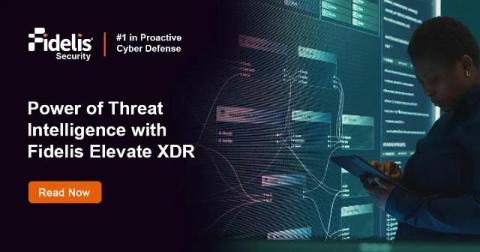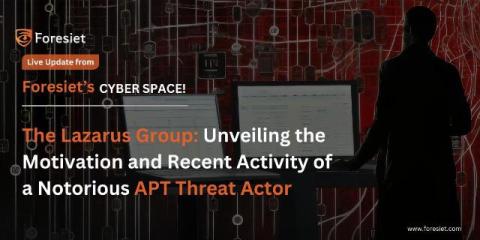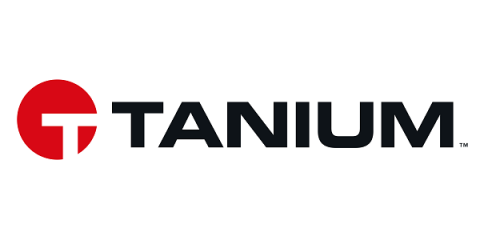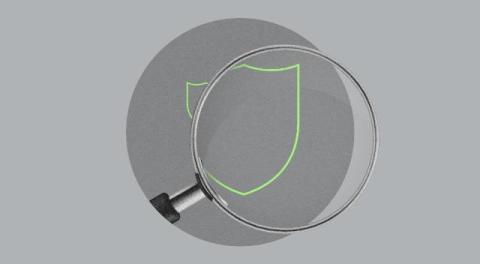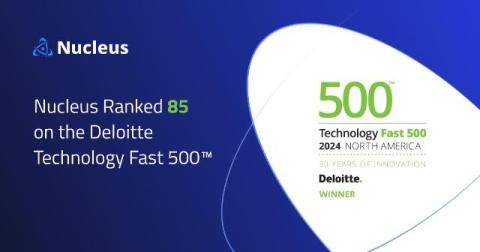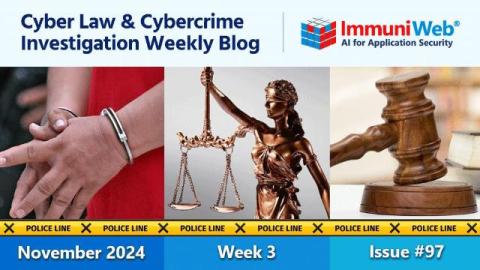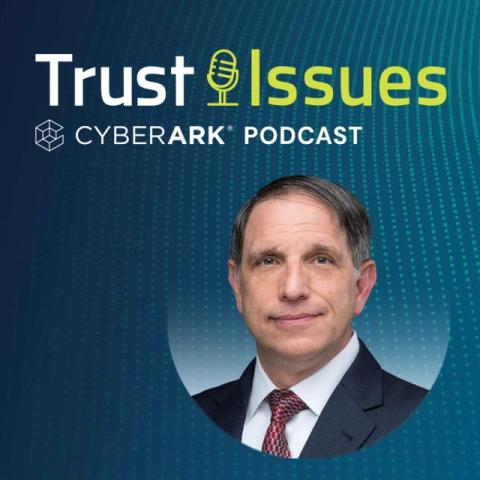750,000 Patients' Medical Records Exposed After Data Breach at French Hospital
When we think about our data being leaked onto the internet, we often picture it as our financial records, our passwords, our names and addresses... what is less often considered is the exposure of our private medical information. A French hospital has found itself in the unenviable position of learning that hackers have gained access to the medical records of over 750,000 patients following a cyber attack.



